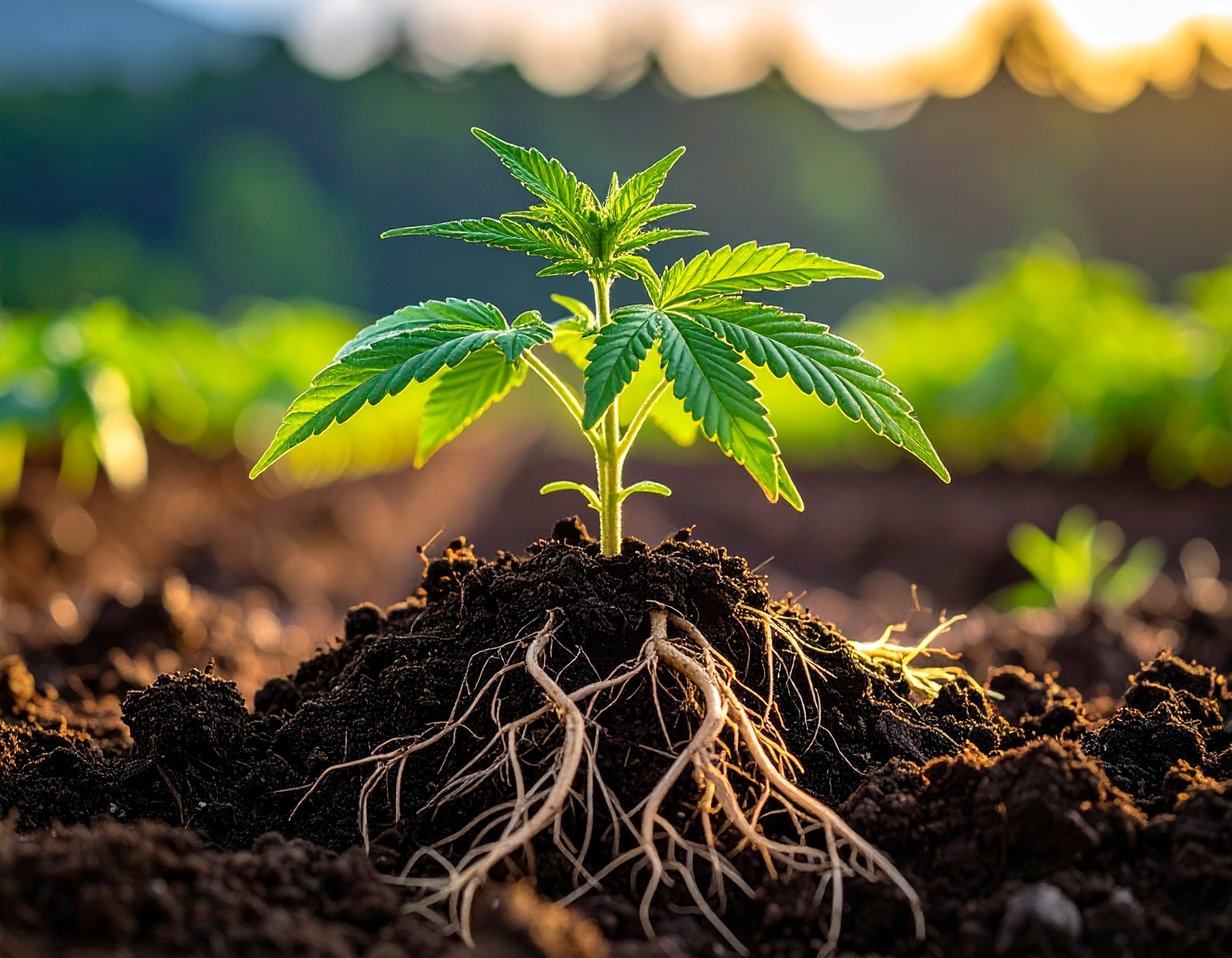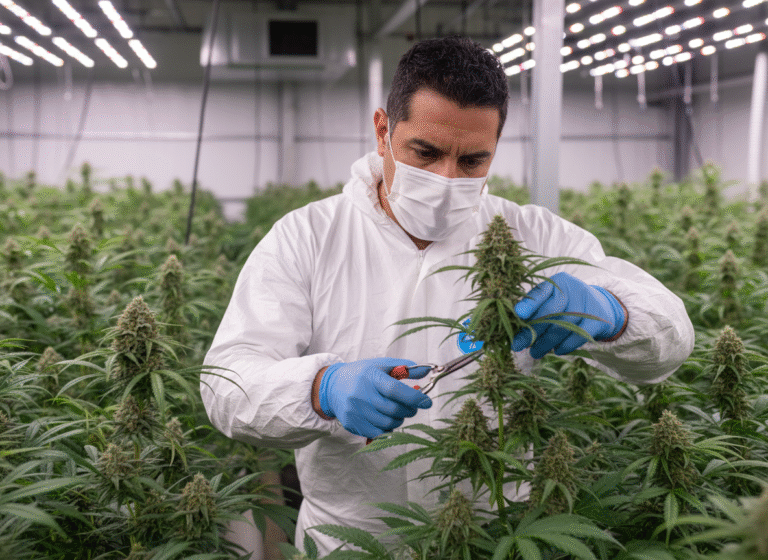Federally Funded Study Demonstrates That Soil Composition Influences THC, CBD, and Terpene Levels in Cannabis
A new federally funded study has determined that the type of soil used in cannabis cultivation significantly impacts the concentrations of THC, CBD, and terpenes in the final product. The findings underscore the importance of soil science in optimizing cannabis quality and consistency.
Key Findings
- The research reveals that soil composition—including structure, chemistry, and microbiota—directly influences the biochemical makeup of cannabis plants.
- Differences in soil properties led to measurable shifts in THC and CBD concentrations, as well as the terpene profile.
- The study highlights the need for standardized soil protocols to ensure consistency and predictability in cannabis cultivation.
Study Overview
Researchers conducted the study with funding from a federal body (the article does not specify which agency). Their objective was to isolate and quantify how soil factors affect major cannabis compounds. To do so, they implemented controlled experiments in which cannabis plants were grown in different soils under otherwise identical conditions.
Each test soil varied along several axes:
- Chemical composition (e.g., pH, nutrient content, mineral ratios)
- Physical structure (e.g., texture, porosity, water retention)
- Microbial communities (i.e., the types and amounts of bacteria, fungi, and other microorganisms present)
By holding all other growing conditions constant—such as light, temperature, humidity, and water—the researchers isolated the soil’s role.
Results: How Soil Affects Cannabinoids and Terpenes
The study’s data revealed clear trends:
- THC and CBD levels shifted depending on the soil used. Some soils enhanced THC concentrations more effectively, while others favored CBD expression.
- Terpene profiles, which contribute to aroma and therapeutic attributes, also varied. Soils with richer microbial biodiversity tended to yield more complex terpene spectra.
- In certain soils, nutrient availability (particularly nitrogen, phosphorus, and trace minerals) was a driving force behind compound expression.
- Microbial interactions played a notable role: symbiotic microbes appeared to modulate plant metabolism in ways that affected cannabinoid and terpene biosynthesis.
In sum, it was not a single soil factor but a synergistic mix of chemistry, structure, and microbiota that governed the resulting biochemical signatures of the cannabis plants.
Implications for Cannabis Cultivation and Industry
These findings carry consequential implications for growers, policymakers, and scientists alike:
- Standardization Is Critical
Without consistent soil practices, two growers working with the same genetics and environment could still produce different chemical outcomes. Establishing standard soil parameters could help the industry achieve reproducibility and quality control. - Custom Soil Engineering
Cultivators may begin engineering or selecting soils tailored to desired cannabinoid and terpene outcomes. For instance, if a cultivar’s market demand emphasizes CBD and a particular terpene profile, one might choose or formulate soils that encourage those traits. - Research and Regulation
Regulators who oversee testing and labeling could benefit from understanding soil’s role in chemical variation. Furthermore, scientific studies that compare cannabis strains or treatments will need to control for soil variables more rigorously. - Intellectual Property & Breeding
As breeders patent or claim cultivars based on chemical profiles, soil effects may complicate attribution of traits strictly to genetics. The boundary between genetics and environment becomes more fluid, potentially influencing how cultivar rights are defended or contested.
Conclusion
This federally funded investigation confirms a principle already understood in principle by many agronomists and horticulturists—namely, that “soil matters”—but it extends that principle concretely into cannabis science. The study shows that the soil in which cannabis is grown exerts measurable influence on the major psychoactive compounds and aromatic constituents of the plant.
For the cannabis industry to mature—to deliver consistent, reliable, and high-quality products—soil science must become a more central pillar of research, cultivation practices, and standardization efforts.




